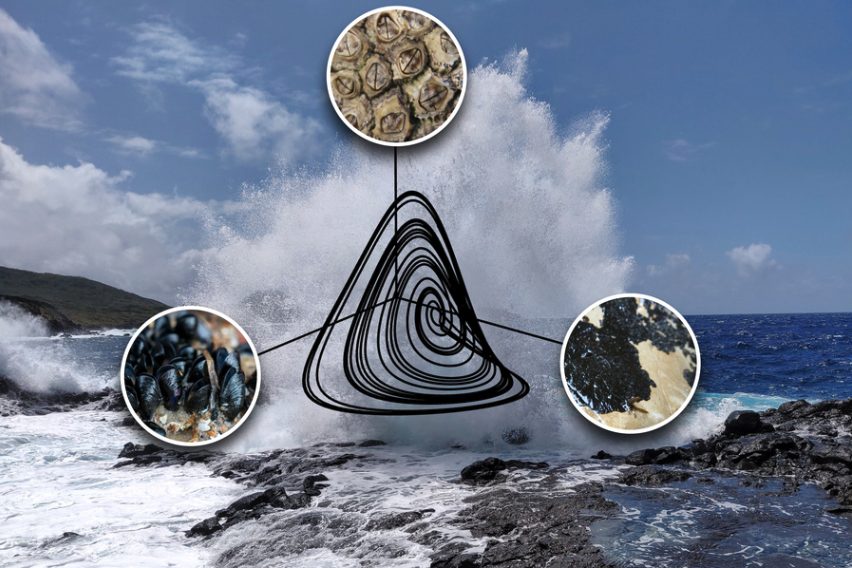How can multiple species coexist in fragmented landscapes?

The maintenance of biodiversity is a central theme in ecology and conservation biology. Since the birth of Island biogeography in the 1960’s, a major puzzle for scientists has been how multiple species that are competing for similar resources in suitable habitats can coexist when they are surrounded by fragmented landscapes. Such landscape, in which habitat is – either naturally or through human activities – fragmented into many small patches, are very common, yet has challenged scientists understanding given that the persistence of species not only depends on the uncertainties derived from local survival but also from dispersal and colonization of new empty habitat patches.
Although such spatial dynamics have long been documented to influence biodiversity, existing ecological theory on species coexistence has so far mainly focused on local communities. That is, virtually all research on species coexistence has focused on two or multiple species within a single patch. This not only limits scientists understanding of species coexistence under a single-patch perspective, but largely restricts the ability of predicting the impacts of habitat destruction and restoration interventions due to climate change and human activity.
Now, in a new study published in the journal Proceedings of the National Academy of Sciences of USA, an international team of researchers developed a novel mathematical framework to understand species coexistence in fragmented landscapes. The researchers provide specific criteria for when and how multiple species can coexistence under realistic landscape configurations. Specifically, these criteria predict the probability that a particular set of species can coexist given a landscape configuration and temperature changes affecting species mortality and dispersal.
The researchers then tested the criteria on an ecological system of waterflea (Daphnia) species that naturally occur in small rockpools in the northern hemisphere, where it has been unclear the effects of competition, habitat modification, and temperature changes on species coexistence. The study shows that habitat deterioration was the most important factor decreasing the probability of species coexistence under this specific system. “These new theoretical frameworks and ecological insights can help to better understand and protect biodiversity in an increasingly human-modified world.” say the researchers.
The international research team includes M. Luo and S. Wang of Peking University in China, F. Altermatt of University of Zurich in Switzerland, D. Ebert of University of Basel in Switzerland, and S. Saavedra of the MIT in the United States. The work was funded or supported by the National Natural Science Foundation of China. The long-term monitoring of the Daphnia system was supported by grants from the Swiss National Science Foundation to DE. Funding to SS was provided by NSF and the MIT Sea Grant Program. Funding to FA was provided by the Swiss National Science Foundation.

Read the full study in PNAS: https://www.pnas.org/doi/full/10.1073/pnas.2201503119
Share on Bluesky


